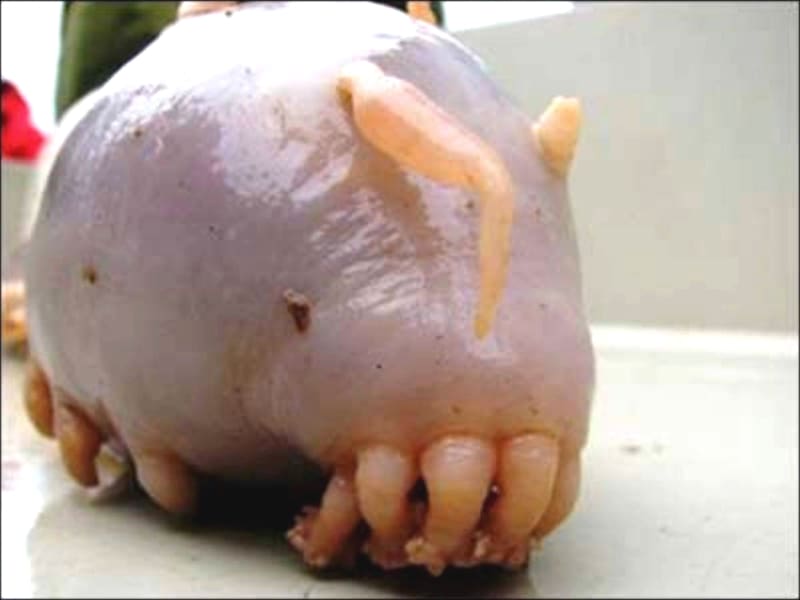
Sea Pig Facts
- First of all, the term Sea Pig serves as the common name for any of the three species of Echinoderms classified in the genus Scotoplanes. Quite understandably, the surprisingly strong resemblance to a type of small pig serves as the source of the attention-grabbing common name.
- However, not all member species in this remarkable genus display this particular appearance. But, the three distinct varieties of this deep-sea holothurian obviously do share numerous other similarities. These similarities include both physical attributes and habitat preferences.
- For the moment, the IUCN does not list any of the three types of Sea Pig on its Red List of Threatened Species. Nonetheless, many presently consider these fascinating animals to be in danger. Those individuals who hold this belief take several important factors into consideration.
- The principal threat to the survival of the creature comes from deep-sea trawling. This detrimental fishing practice negatively affects many ocean species. Yet, this truly remarkable creature of the ocean also faces the looming threat of climate change, like many species.
Related Articles
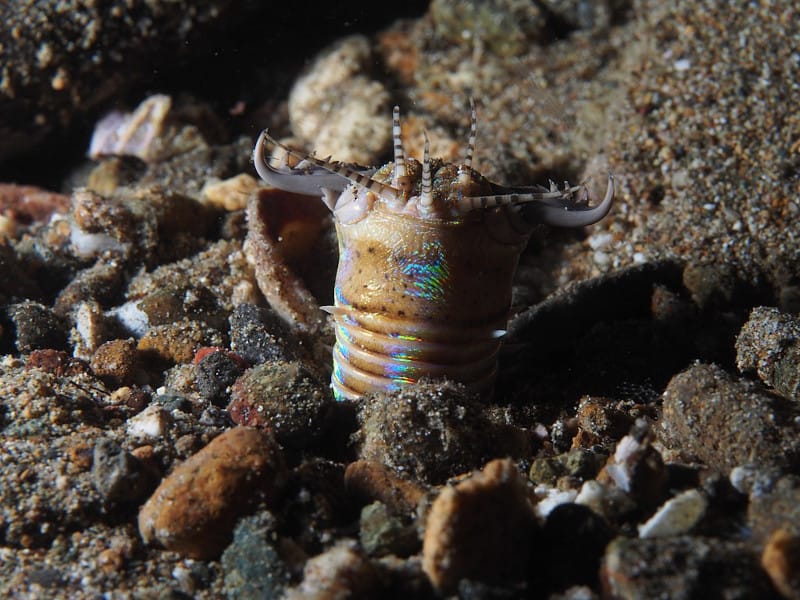
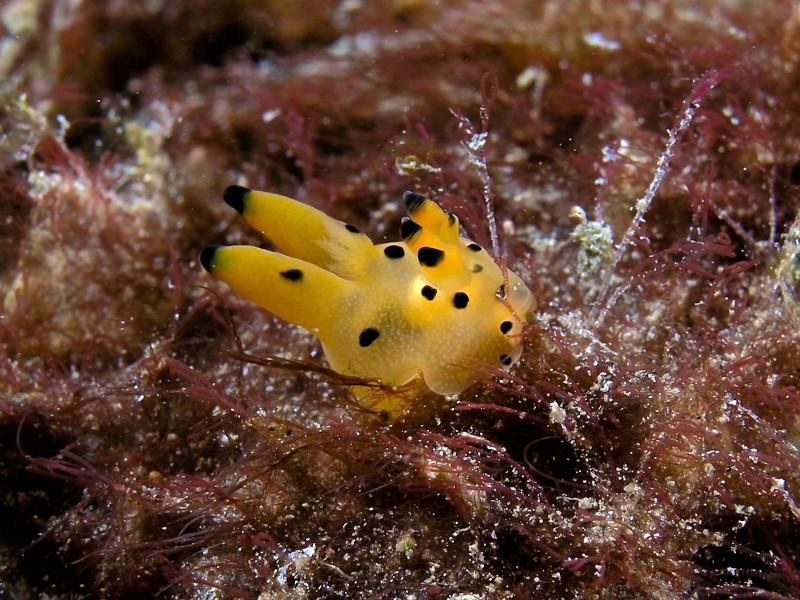
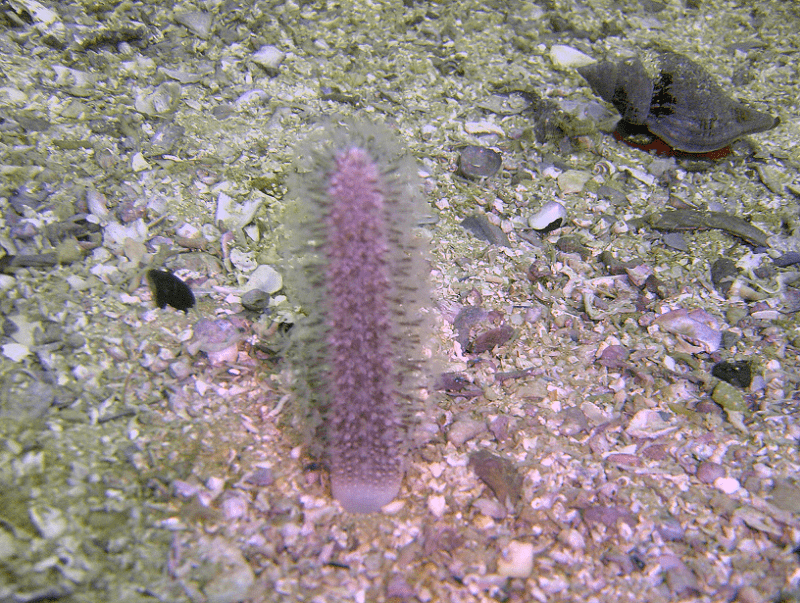
Sea Pig Physical Description
Given the fact that the term Sea Pig refers to any of three different species, physical appearances naturally exist among them. However, all three do share many characteristics. Physical size remains the most consistent, along with the fact that none of the varieties displays any noticeable degree of sexual dimorphism.
Because of this fact, all known forms of this marvelous creature attain an average maximum length of about 6 in (15 cm). Exceptional individuals do occur, of course, but these remain comparatively rare. As a general rule, most of the individuals measured, of any of the varieties, average closer to 4 in (10 cm) in body length.
Furthermore, all members of this fascinating genus also evolved greatly over-sized tube feet. These appendages give them the appearance of possessing actual legs. Also, depending upon the species, these animals will possess between 5-7 pairs of these feet. What appears to be antennae, are actually modified tube feet as well.
- Kingdom: Animalia
- Phylum: Echinodermata
- Class: Holothuroidea
- Order: Elasipodida
- Family: Elpidiidae
- Genus: Scotoplanes
Sea Pig Distribution, Habitat, and Ecology
Most notably, the awesome creature known simply as the Sea Pig appears to have an extremely extensive habitat range. In fact, it inhabits most of the oceans of the world. However, these animals mainly appear in the Pacific, Atlantic, and Indian Oceans. But some even live in the Antarctic Ocean.
However, this incredible animal inhabits an extremely inhospitable region of the oceans. That’s because this marvel of Nature resides solely on the ocean floor. Furthermore, it typically appears at extreme depths exceeding 3,280 ft (1,000 m). It also most commonly appears on the abyssal plain
In addition, the animal evolved as a what experts know as a deposit feeder. The species all feed by using olfaction to locate their food sources and then extracting particles of detritus from the ocean bottom. Also, individuals often gather in great numbers, especially around larger corpses.
Quite unfortunately, this habit makes them highly vulnerable to such dangers as commercial trawling. The slow-moving animal also constitutes a principal food source for many deep-sea predators. Thus, these losses pose a significant threat to the survival of the three species as well.
Species Sharing Its Range
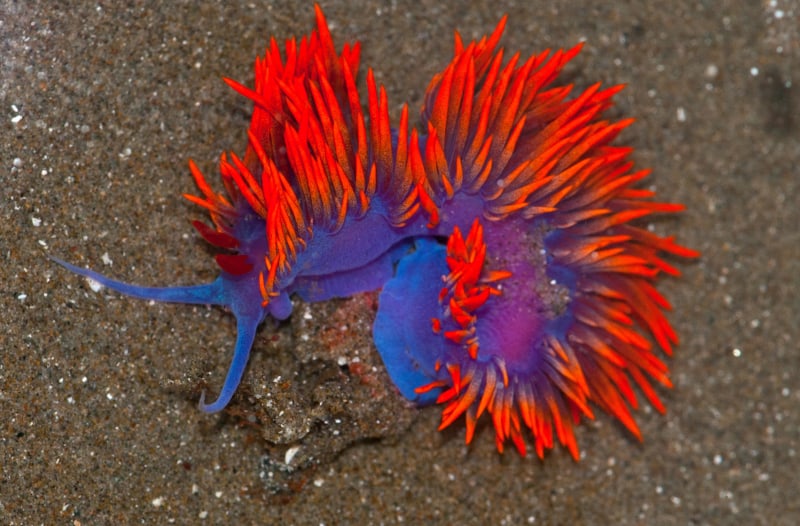
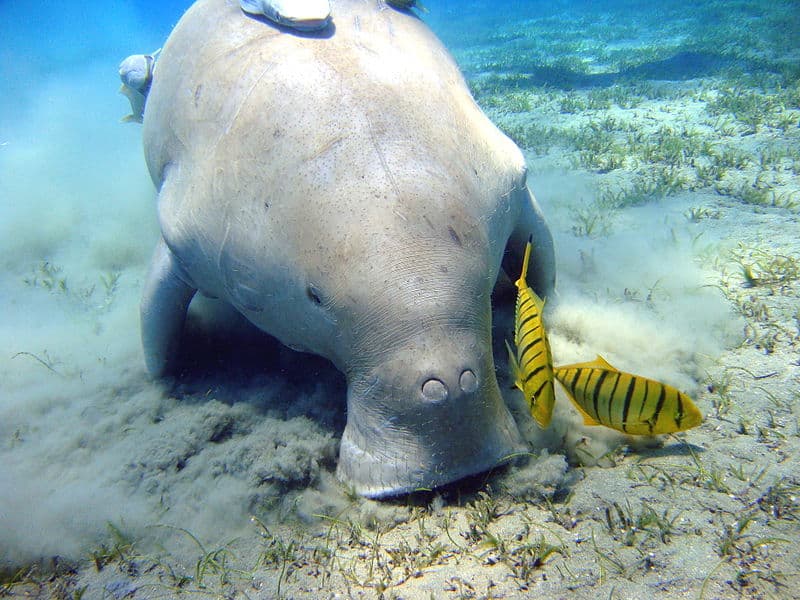
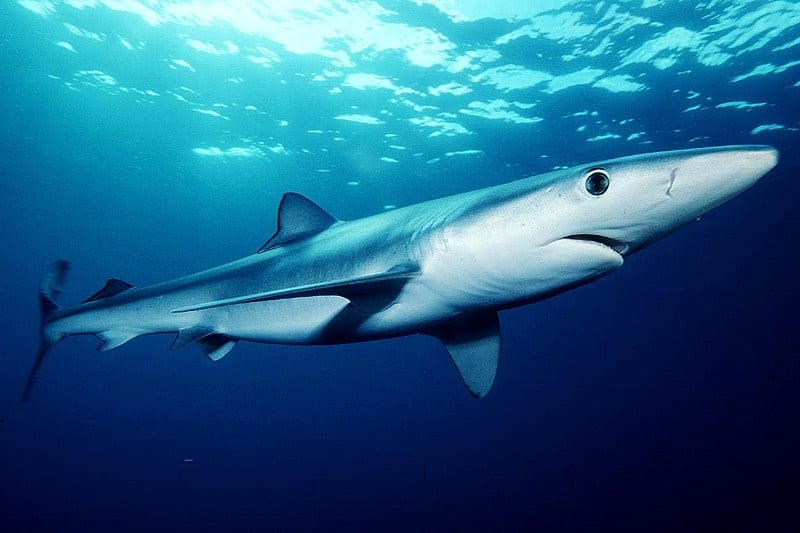
Check out our other articles on Astounding Lizards of the World, Golden Pheasant, Pearl Shoal Waterfall, American Crocodile, Chatham Island forget-me-not, Toad Bug, Marbled Polecat










Leave a Reply